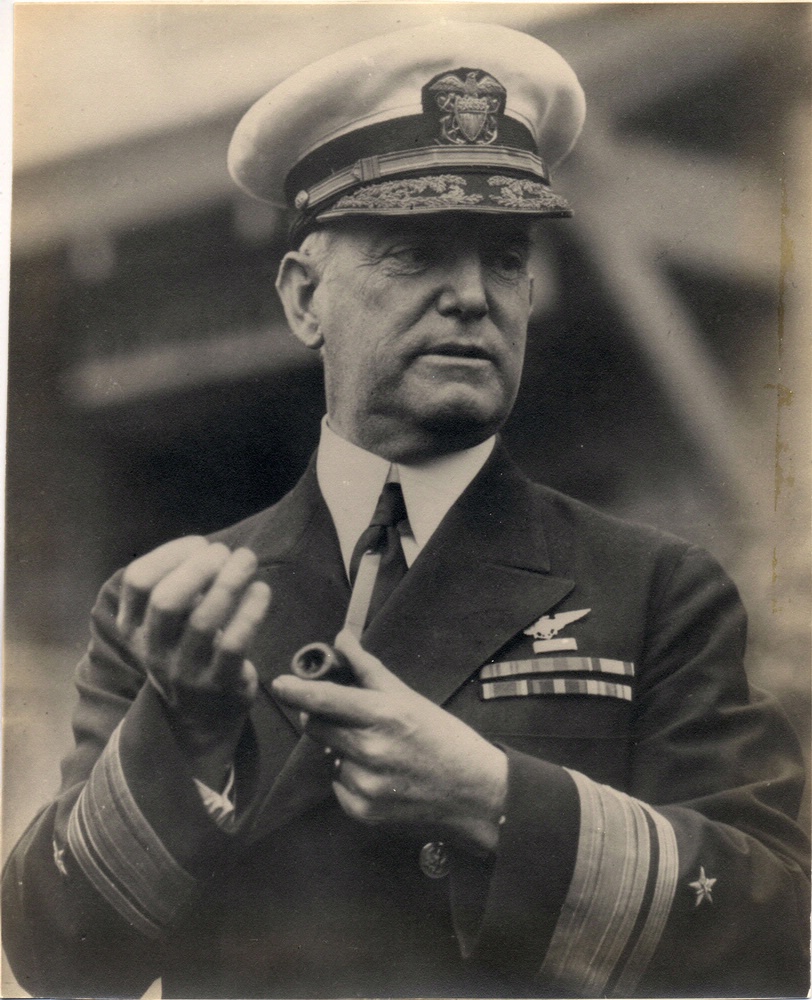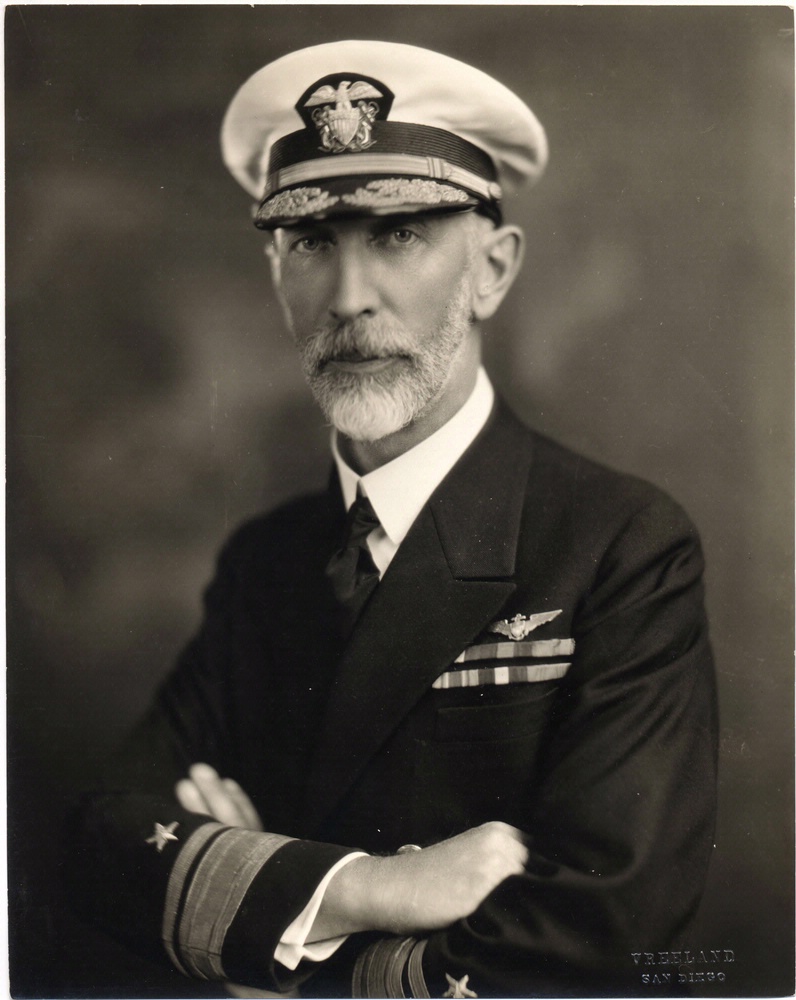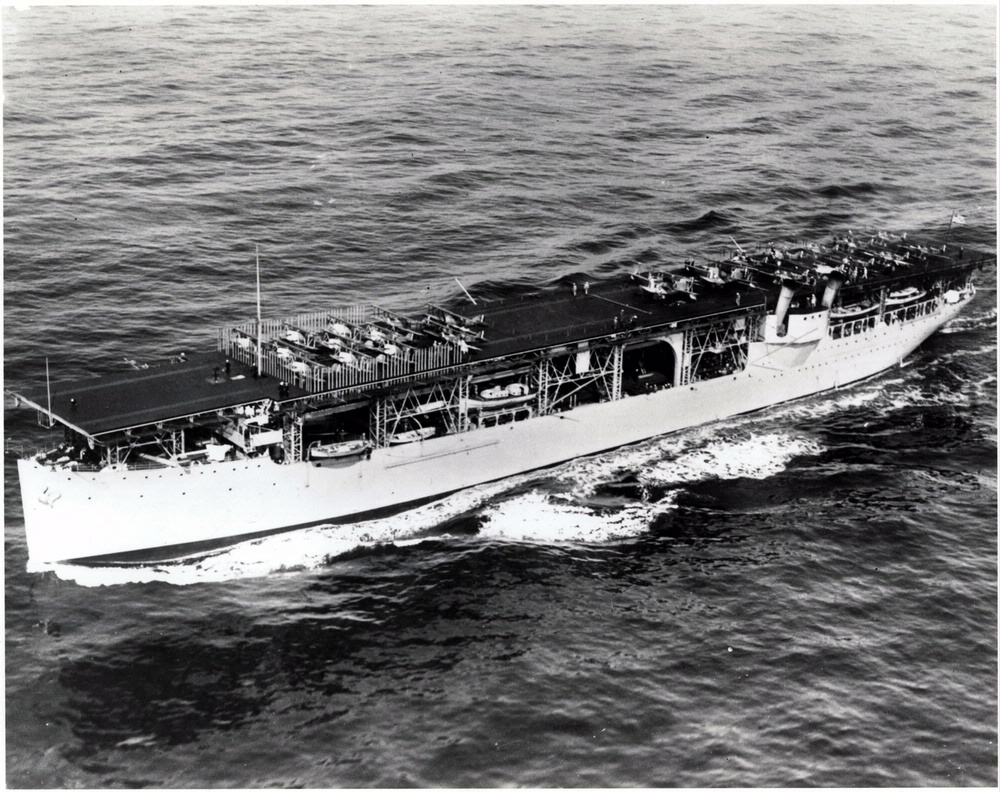During World War I, the U.S. Navy operated scouting and patrolling aircraft and developed new technology at the Naval Aircraft Factory in Philadelphia. After the war, aviation became an integral part of the traditional seagoing navy. The creation of a dedicated naval aviation service, the Bureau of Aeronautics, in 1921 led to the expansion of aircraft roles to dive-bombing and fighter pursuit.
















